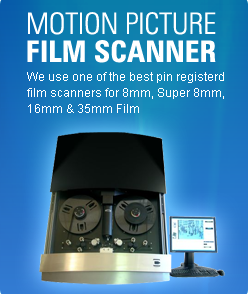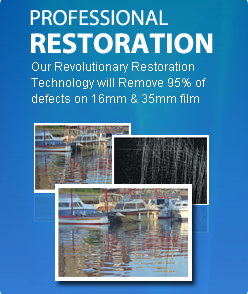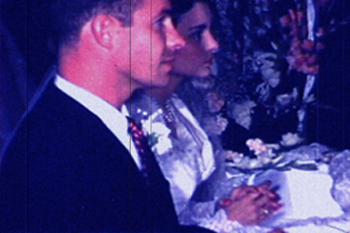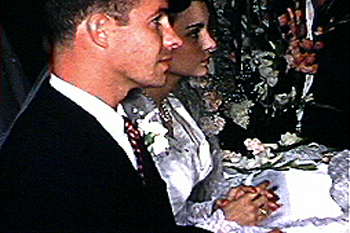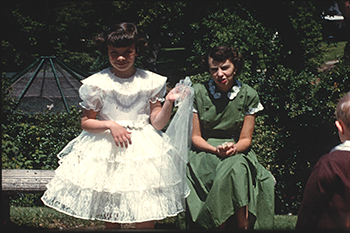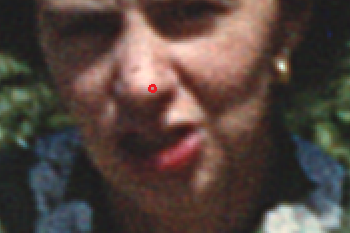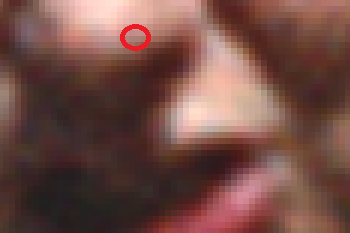
The first table shows how the same film looks using our 4 different processes. You can see that the difference can be significant for our Fort Worth customers.
The second table presents a case for scanning 8mm and Super 8 film at 2K resolution. In the past year we have done 20 comparisons. Contrary to popular belief, we do see a noticeable difference in quality between our Pro HD and Pro 2K process on 8mm and Super 8 film.
In general it is recommended that you scan at or above the resolution of the film. For 8mm and Super 8 that means scanning at HD or 2K.
8mm And Super 8 Film Fort Worth |
|
SD Scan
|
|
Pro HD Scan
|
|
Pro 2K Scan
|
|
Pro 4K Scan
|
|
Film Resolution |
|
Resolution of Film |
|
Film Grain
|
|
Film Grain vs Digital Pixel
|
|
Professional films usually have access to the original camera negative in addition to work prints, answer prints, etc. It is always better to scan using the original camera negative.
Fort Worth Fun Facts: Fort Worth, located in north central Texas about 30 miles west of Dallas, is familiar to many as part of the Dallas - Fort Worth metroplex. Fort Worth is actually thriving city in its own right, with around 550,000 people and a bustling downtown area. It is the sixth-largest city in the state and one of the 30 most populous in the nation. Named after Texas army commander William J.
Texas Fun Facts: Spanish missionaries were the first European settlers in Texas, founding San Antonio in 1718. Hostile natives and isolation from other Spanish colonies kept Texas sparsely populated until following the Revolutionary War and the War of Mexican Independence, when the newly established Mexican government began to allow settlers from the U.S. to claim land there. This led to a population explosion, but dramatically reduced the percentage of the population with Mexican heritage, causing friction with the government in Mexico City.
